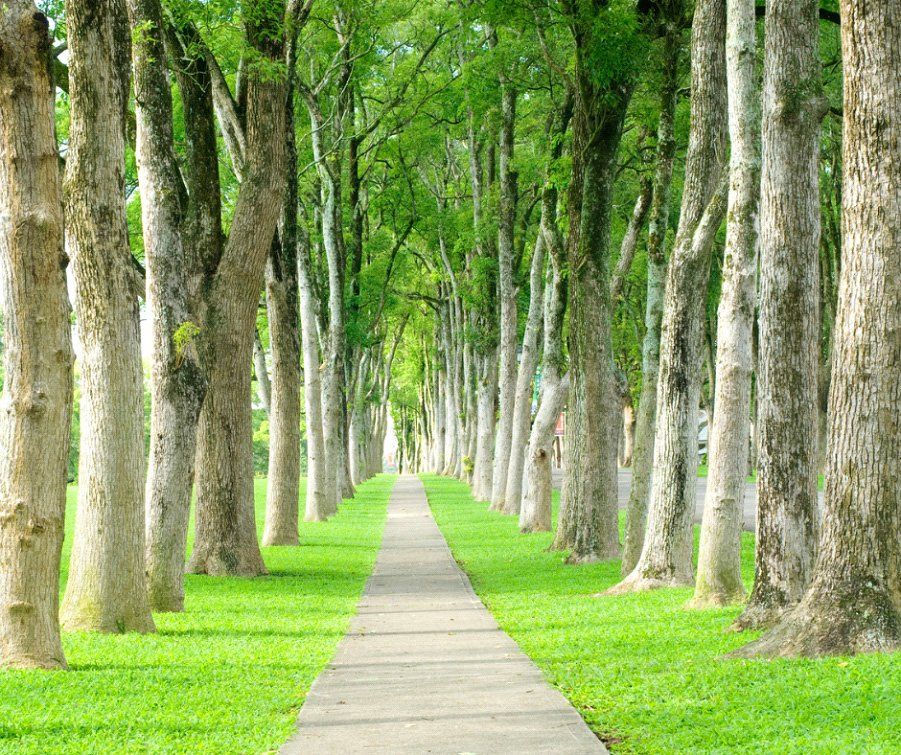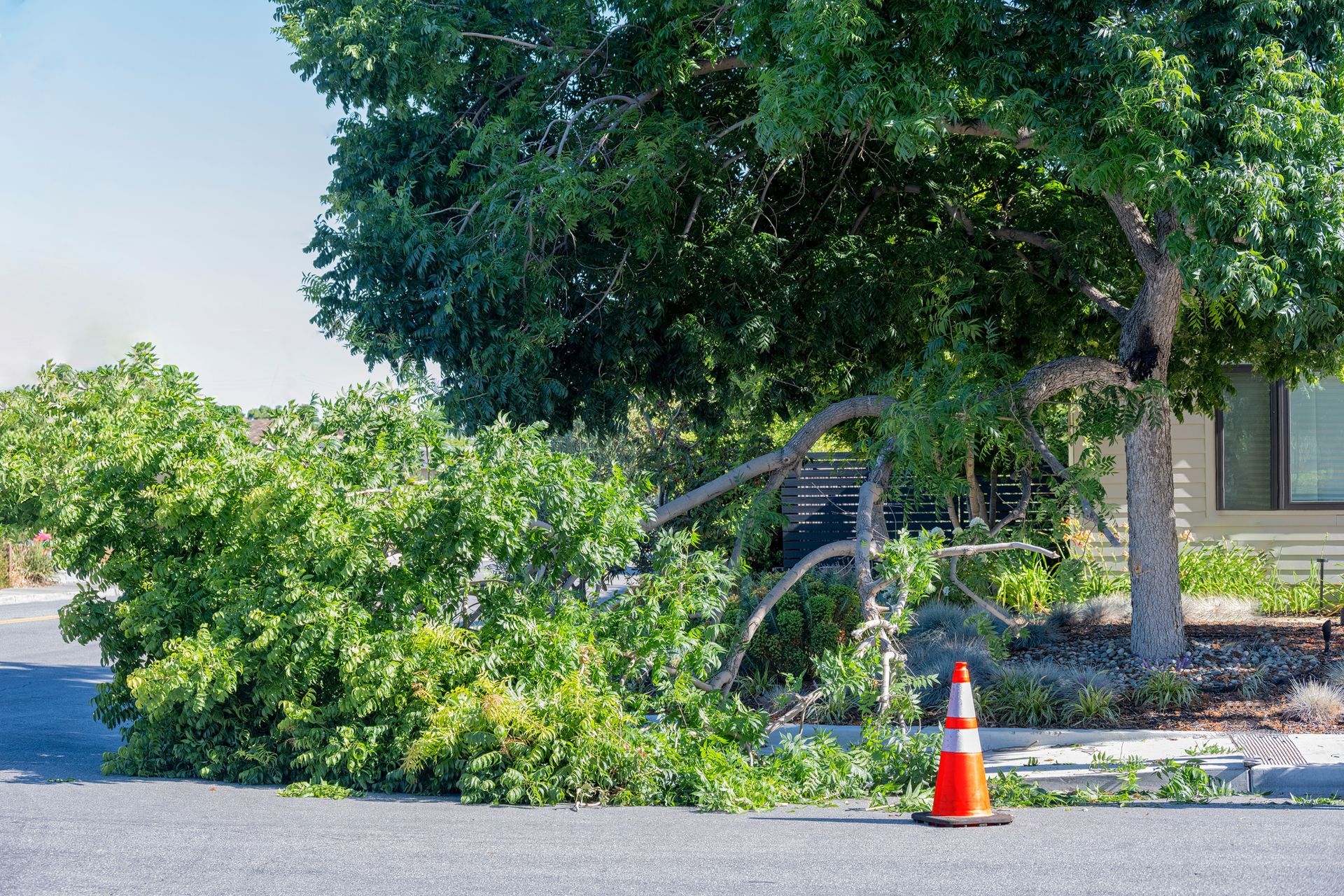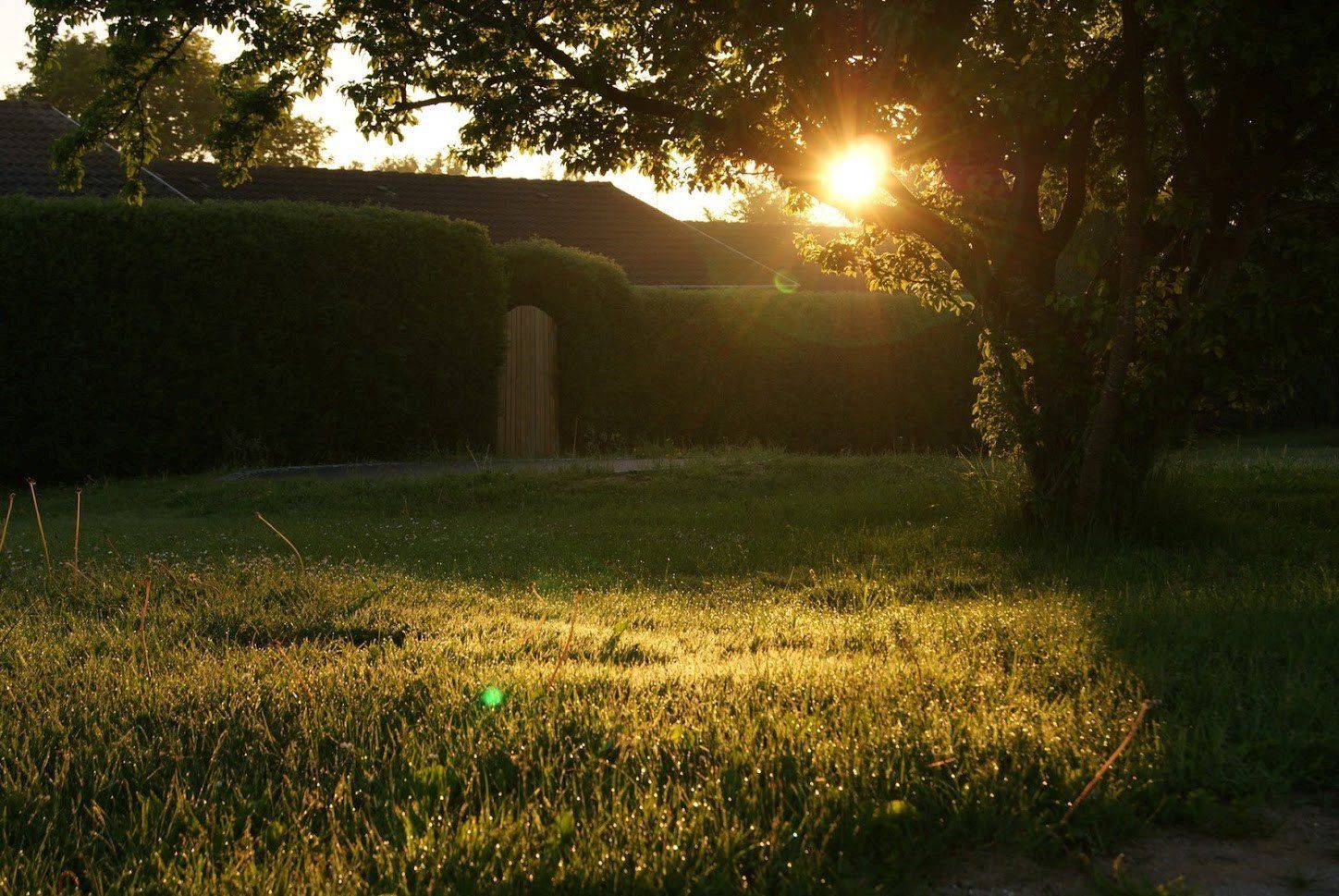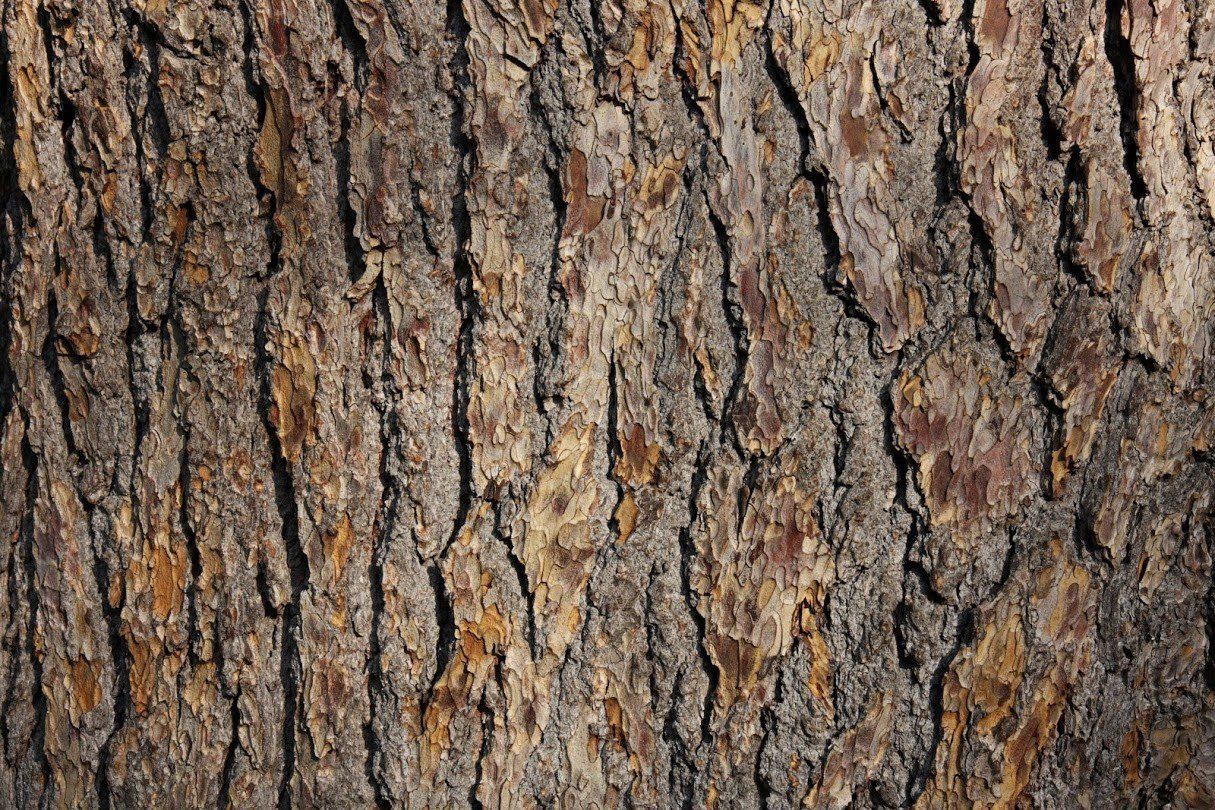3 Diseases Tennessee Trees Face
Admin • September 1, 2020

Trees can be a particularly striking feature of any home's landscape, but they are not invulnerable to pests or diseases. Their long life and sometimes high maintenance requirements can make it particularly devastating when these threats strike.
While the best way to avoid heartbreak is to plant hardy native varieties and provide annual care, you should still be aware of some of the hazards faced by trees in Tennessee. Learning about these three serious threats will help you to recognize and address them before they can destroy the most visible parts of your landscape.
1. Powdery Mildew
If you maintain a vegetable garden, then you may already be familiar with powdery mildew as a threat to a variety of different squash plants. Unfortunately, this fungal disease can also affect trees. While powdery mildew can often devastate crops of zucchini or other food plants, it does not usually pose a mortal threat to trees or larger plants.
Powdery mildew's name gives away its appearance: in most cases, you can spot white, powder-like fungal mats spread across leaves. The disease tends to spread quickly throughout a tree, and even between trees. Although it won't kill most trees, it can ruin their appearance and stunt their growth by killing leaves during the growing season.
Once you've identified this problem, the best option is to control its spread. Fungicides can help, but pruning back the affected sections will prevent the fungus from growing out of control. Since powdery mildew relies on humidity to spread, pruning your trees to provide proper airflow (especially in shaded areas) can prevent future outbreaks.
2. Thousand Cankers Disease
Unlike powdery mildew, thousand cankers disease has the potential to stunt or even kill trees in your yard. This disease has killed countless trees across the eastern United States and poses a severe threat both to local economies and to the beauty of your home's yard. Black walnut trees are particularly vulnerable, but thousand cankers disease can strike other trees, as well.
Like powdery mildew, the underlying cause of thousand cankers is a fungus. In most cases, the fungus makes its way into the tree bark when walnut twig beetles burrow under the surface. These tunnels provide a route for the pathogen to take hold, ultimately damaging and potentially killing the tree. The disease causes telltale cankers under the bark and will result in the death of stems and branches.
Unfortunately, there are no effective strategies for controlling or mitigating thousand cankers. If you suspect this disease, contact a professional to evaluate the tree. You will need to cut down and destroy any affected trees on your property. The best way to prevent this disease is to maintain your trees properly to avoid twig beetle infestations.
3. Septoria Leaf Spot
Another fungal illness, Septoria leaf spot commonly affects dogwood trees. The disease can appear as small, rusty brown spots on foliage or flowers. Over time, the affected areas will dry out, and the leaves will begin to dry and fall off. The Septoria fungus should not severely damage or kill the tree, but it does create stress that can negatively affect the growth and health of the tree in the future.
Like most fungal diseases, Septoria leaf spot relies on humid weather to spread. The spores can also survive for some time in leaf piles or other yard waste. Controlling this disease is primarily a matter of keeping trees pruned to promote good airflow and destroying any infected waste. Allowing the spores to survive the winter and reinfect the same tree can leave the tree vulnerable to other, more hazardous illnesses.
The best way to keep your trees safe is to keep them properly maintained. Pruning dead branches, destroying infected waste, and maintaining proper airflow can reduce pests and prevent fungal infections. Kaily's Tree Service can help you to maintain the tree's on your property to keep them healthy and looking great.










